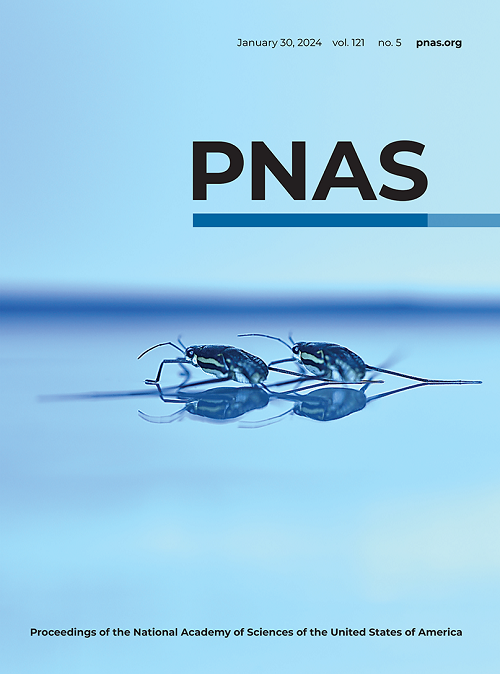Global universal scaling and ultrasmall parameterization in machine-learning interatomic potentials with superlinearity
IF 9.1
1区 综合性期刊
Q1 MULTIDISCIPLINARY SCIENCES
Proceedings of the National Academy of Sciences of the United States of America
Pub Date : 2025-06-20
DOI:10.1073/pnas.2503439122
引用次数: 0
Abstract
Using machine learning (ML) to construct interatomic interactions and thus potential energy surface (PES) has become a common strategy for materials design and simulations. However, those current models of machine-learning interatomic potential (MLIP) consider no relevant physical constraints or global scaling and thus may owe intrinsic out-of-domain difficulty which underlies the challenges of model generalizability and physical scalability. Here, by incorporating the global universal scaling law, we develop an ultrasmall parameterized MLIP with superlinear expressive capability, named SUS超线性机器学习原子间势的全局通用标度和超小参数化
利用机器学习(ML)构建原子间相互作用和势能面(PES)已成为材料设计和模拟的常用策略。然而,这些当前的机器学习原子间势(MLIP)模型没有考虑相关的物理约束或全局缩放,因此可能存在固有的域外困难,这是模型可泛化性和物理可扩展性挑战的基础。本文结合全局通用标度律,提出了一个具有超线性表达能力的超小参数化MLIP,命名为SUS 2 -MLIP。SUS 2 -MLIP基于通用状态方程(UEOS)的全局尺度,不仅通过将元素空间与坐标空间解耦而显著降低了参数,而且自然地解决了域外困难,使模型即使在相对较小的训练数据集上也具有固有的泛化性和可扩展性。径向函数的非线性嵌入变换使模型具有超线性的表达能力。SUS 2 -MLIP以其卓越的计算效率优于最先进的MLIP模型,特别是在多元素材料和物理可扩展性属性预测方面。这项工作不仅提出了一个高效的通用MLIP模型,而且揭示了将物理约束纳入人工智能辅助材料模拟的思路。
本文章由计算机程序翻译,如有差异,请以英文原文为准。
求助全文
约1分钟内获得全文
求助全文
来源期刊
CiteScore
19.00
自引率
0.90%
发文量
3575
审稿时长
2.5 months
期刊介绍:
The Proceedings of the National Academy of Sciences (PNAS), a peer-reviewed journal of the National Academy of Sciences (NAS), serves as an authoritative source for high-impact, original research across the biological, physical, and social sciences. With a global scope, the journal welcomes submissions from researchers worldwide, making it an inclusive platform for advancing scientific knowledge.

 求助内容:
求助内容: 应助结果提醒方式:
应助结果提醒方式:


